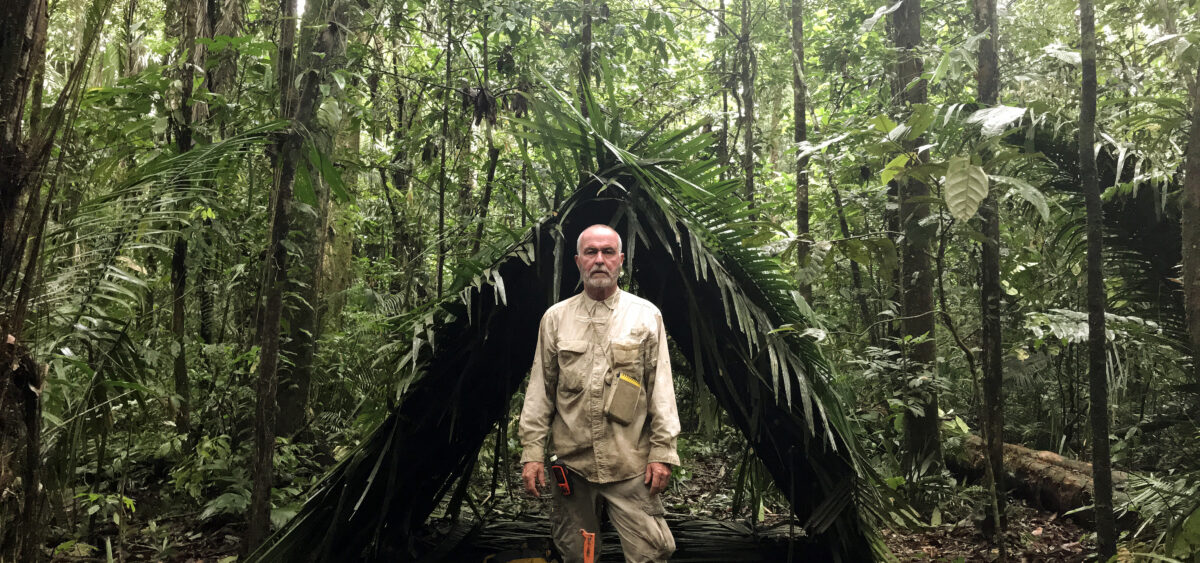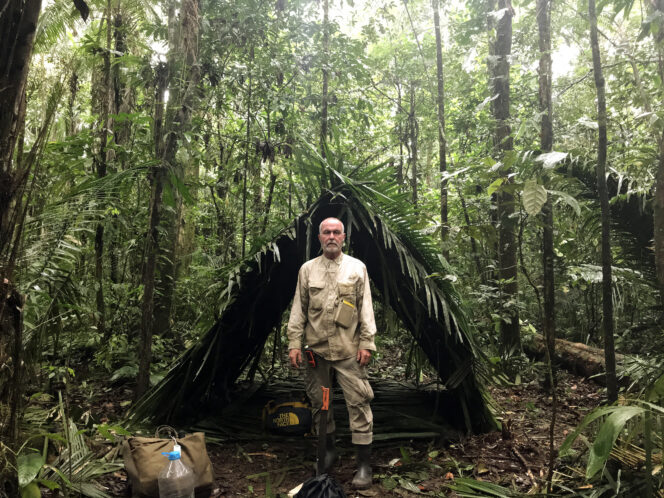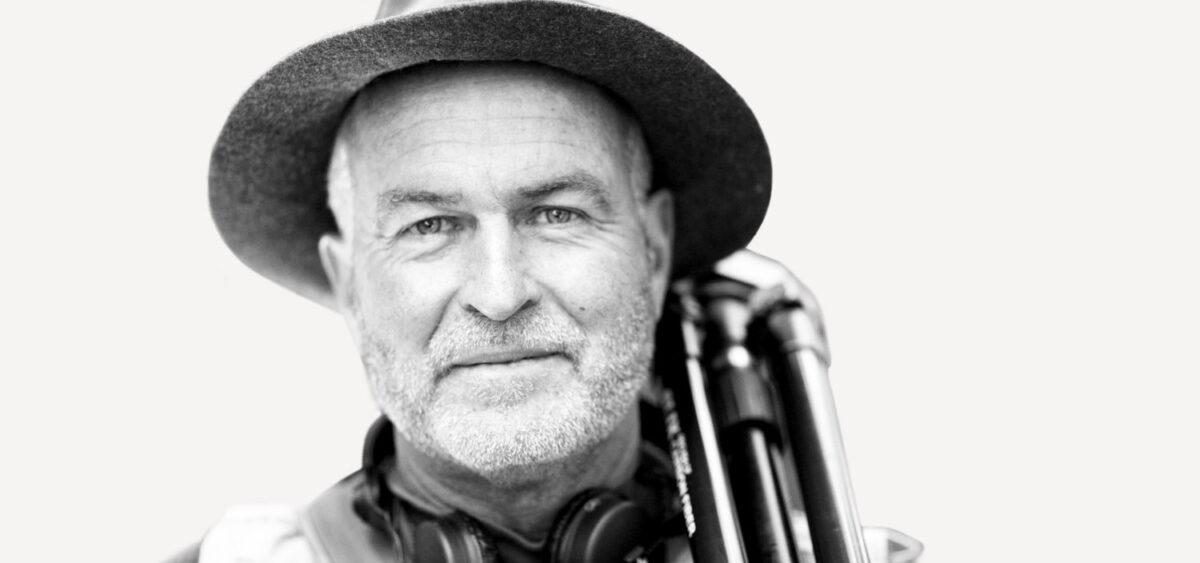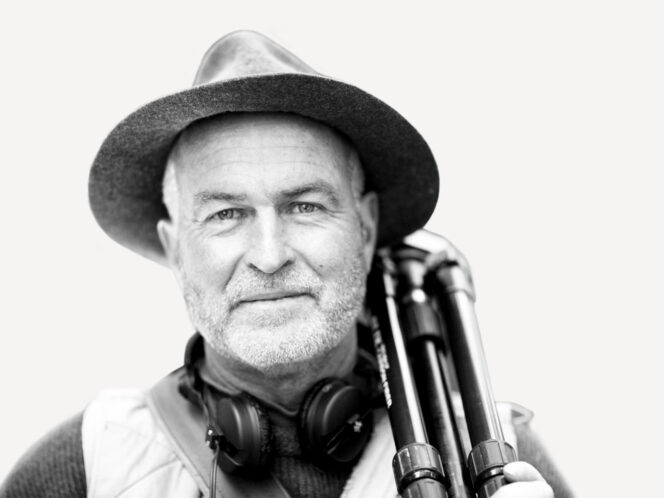
Gordon Hempton, an American acoustic ecologist and the founder of Quiet Parks International (QPI), studies the last places on Earth that are free of man-made sound pollution.
The PRZEKRÓJ Foundation invited him to come to Poland at the end of April. Together, we planned to explore whether the Białowieża National Park could become the first certified QPI noise-free zone in Poland. However, Gordon’s visit to Białowieża








